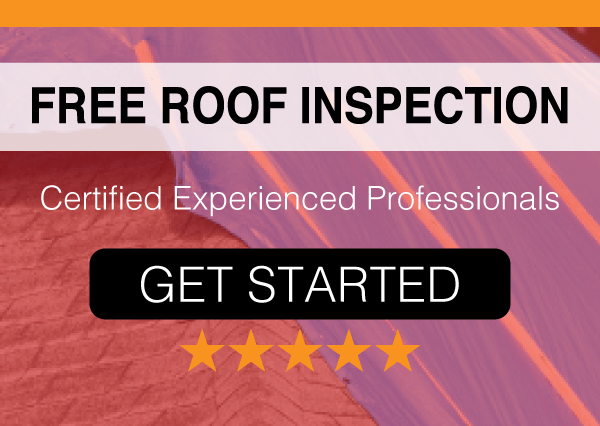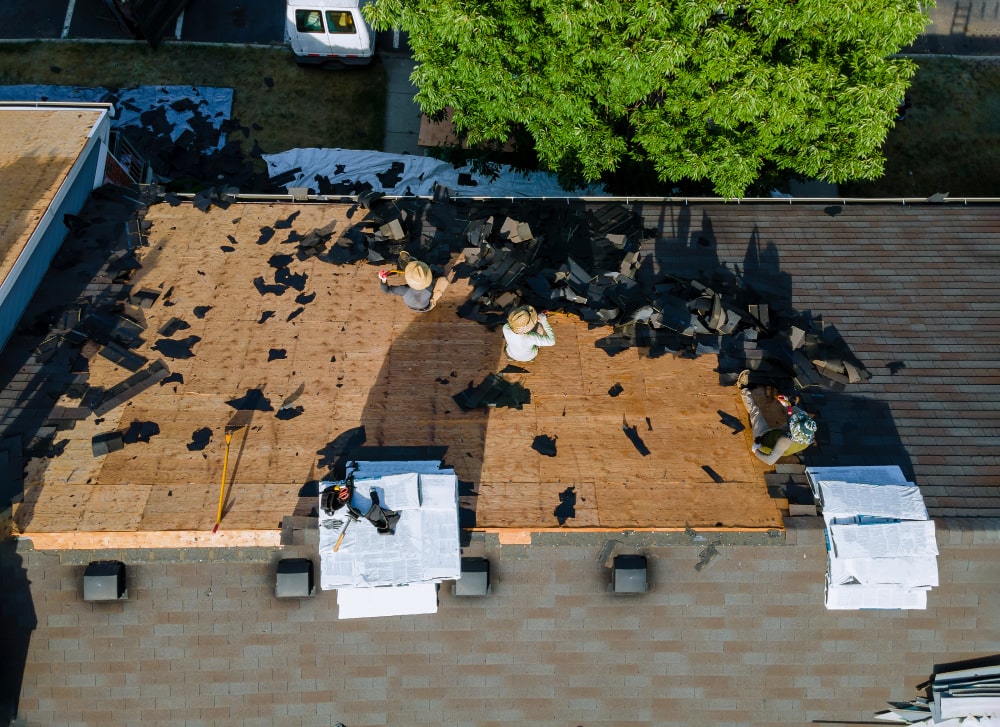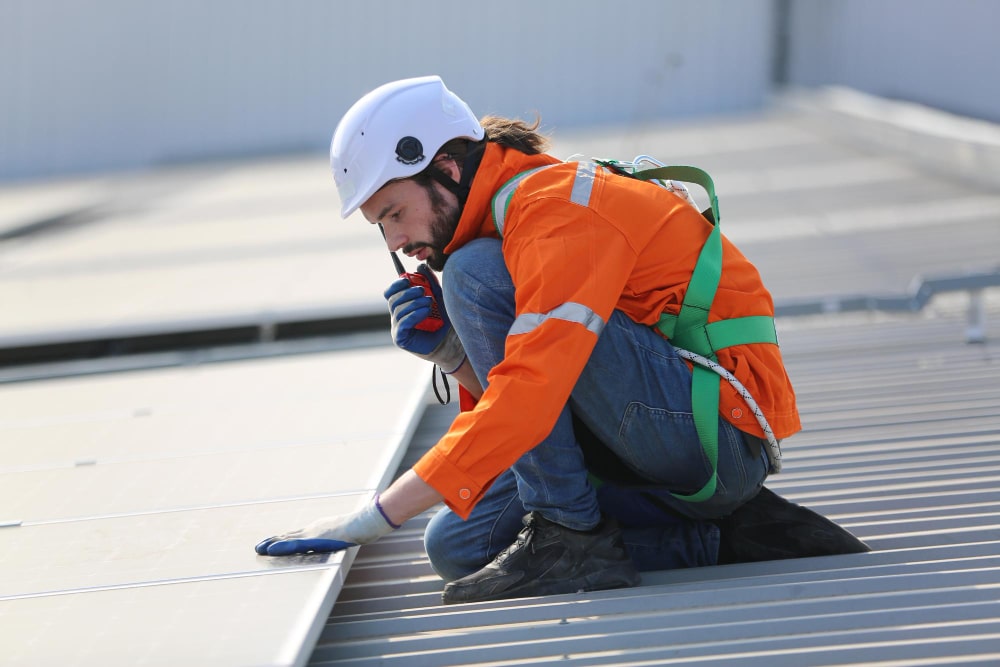Maintaining the structural integrity of commercial property in Columbus involves strategic decision-making, especially when it comes to roof replacement. Recognizing the financial implications of such a significant undertaking, businesses in Columbus are keen on adopting cost-effective strategies for commercial roof replacements. In this comprehensive guide, we’ll explore five key strategies to help businesses navigate the process of commercial roof replacement in Columbus without breaking the bank.
1. Energy-Efficient Roofing Materials: A Long-Term Investment
Investing in energy-efficient roofing materials is a fundamental strategy for businesses looking to minimize long-term costs associated with energy consumption. In Columbus, where weather conditions can vary, choosing materials with exceptional insulation properties becomes paramount for sustained energy savings.
Benefits of Energy-Efficient Materials
- Lower Utility Bills: Energy-efficient roofing materials, such as TPO (Thermoplastic Olefin) or reflective coatings, can help regulate indoor temperatures, reducing the need for excessive heating or cooling. This not only translates to immediate savings but also contributes to overall operational cost efficiency.
- Tax Incentives: In some cases, businesses may qualify for tax incentives or rebates by installing energy-efficient roofing materials. These financial perks not only offset initial costs but also serve as an additional incentive for businesses to invest in sustainable and cost-effective solutions.
- Extended Lifespan: Many energy-efficient materials are not only environmentally friendly but also durable and resistant to weathering. This durability contributes to a longer lifespan for the roof, decreasing the frequency of replacements and providing a more cost-effective solution in the long run. Businesses can enjoy the benefits of reduced maintenance and replacement costs, enhancing the overall return on their roofing investment.
2. Proactive Maintenance and Inspections: Prolonging Roof Lifespan
Adopting a proactive approach to maintenance and conducting regular inspections is a paramount and cost-effective strategy for businesses. This approach allows early identification of potential issues, preventing them from escalating into significant problems that could result in extensive damage to the roofing system.
Benefits of Proactive Maintenance
- Cost Savings: Early detection of issues enables businesses to implement timely repairs, preventing minor problems from evolving into extensive, costly damage. This proactive approach minimizes repair expenses, contributing directly to the company’s bottom line.
- Extended Roof Lifespan: Regular maintenance, coupled with prompt repairs, contributes to the overall longevity of the commercial roof. This not only delays the need for a full replacement but also ensures that the roofing system operates efficiently throughout its extended lifespan.
- Insurance Premiums: Businesses demonstrating a commitment to proactive maintenance may be eligible for lower insurance premiums. Insurers often reward proactive risk management, providing additional financial relief to businesses actively maintaining and safeguarding their roofing assets.
3. Material Selection Based on Columbus Climate: Adapting to Weather Challenges
Choosing roofing materials tailored to the diverse climate of Columbus is a pivotal cost-effective strategy for businesses. With cold winters, hot summers, and occasional severe weather events, the right materials can ensure resilience and durability against varying weather conditions.
Considerations for Columbus Climate
- Impact Resistance: Opting for materials with high impact resistance becomes crucial to mitigate damage caused by severe weather events, such as hailstorms. This proactive choice minimizes the risk of structural damage and the associated repair costs.
- Insulation Quality: Ensuring effective insulation during colder months helps retain heat, reducing energy costs associated with heating. Conversely, in hotter periods, selecting reflective materials can minimize heat absorption, contributing to a cooler interior and decreasing reliance on air conditioning, resulting in additional energy savings.
- Wind Resistance: Given Columbus’s occasional strong winds, selecting roofing materials with high wind resistance is essential. This proactive measure helps prevent wind-related damage, safeguarding the roof and minimizing the need for repairs or replacements caused by severe weather conditions.
4. Competitive Bidding Process: Finding Cost-Effective Contractors
Engaging in a competitive bidding process is a strategic step in ensuring cost-effectiveness during a commercial roof replacement project. By soliciting multiple bids from reputable contractors in Columbus, businesses can compare costs, services, and timelines to make informed decisions.
Benefits of Competitive Bidding
- Cost Transparency: Bidding allows businesses to receive detailed cost breakdowns, ensuring transparency and preventing hidden fees.
- Quality Assessment: Evaluating multiple bids provides insights into the materials, techniques, and quality of work offered by different contractors, helping businesses choose the best value.
- Negotiation Leverage: Armed with multiple bids, businesses have negotiating power to secure more favorable terms and pricing from contractors.
5. Financial Planning and Financing Options: Mitigating Upfront Costs
Commercial roof replacement can be a substantial upfront investment, and businesses often seek financing options to manage costs effectively. Exploring financing solutions allows businesses to spread the financial burden over time, making the project more manageable.
Financing Options for Commercial Roof Replacement
- Commercial Loans: Businesses can secure loans tailored for commercial property improvements, offering flexibility in repayment terms and interest rates.
- Government Grants or Subsidies: In some cases, businesses may qualify for government grants or subsidies aimed at encouraging energy-efficient and sustainable roofing practices.
- Leasing Options: Some companies offer leasing arrangements for roofing materials, providing an alternative to outright purchasing.
Conclusion
Cost-effective strategies for commercial roof replacement in Columbus, involve a combination of smart material choices, proactive maintenance, strategic bidding processes, and financial planning.
By implementing these strategies, businesses can not only manage the immediate costs of roof replacement but also create a sustainable, energy-efficient, and resilient roofing system that pays off in the long run.
Prioritizing energy efficiency, embracing proactive maintenance practices, adapting to Columbus’ climate challenges, engaging in a competitive bidding process, and exploring financing options are key steps in ensuring that the commercial roof replacement process is both cost-effective and conducive to the long-term success of the business.






